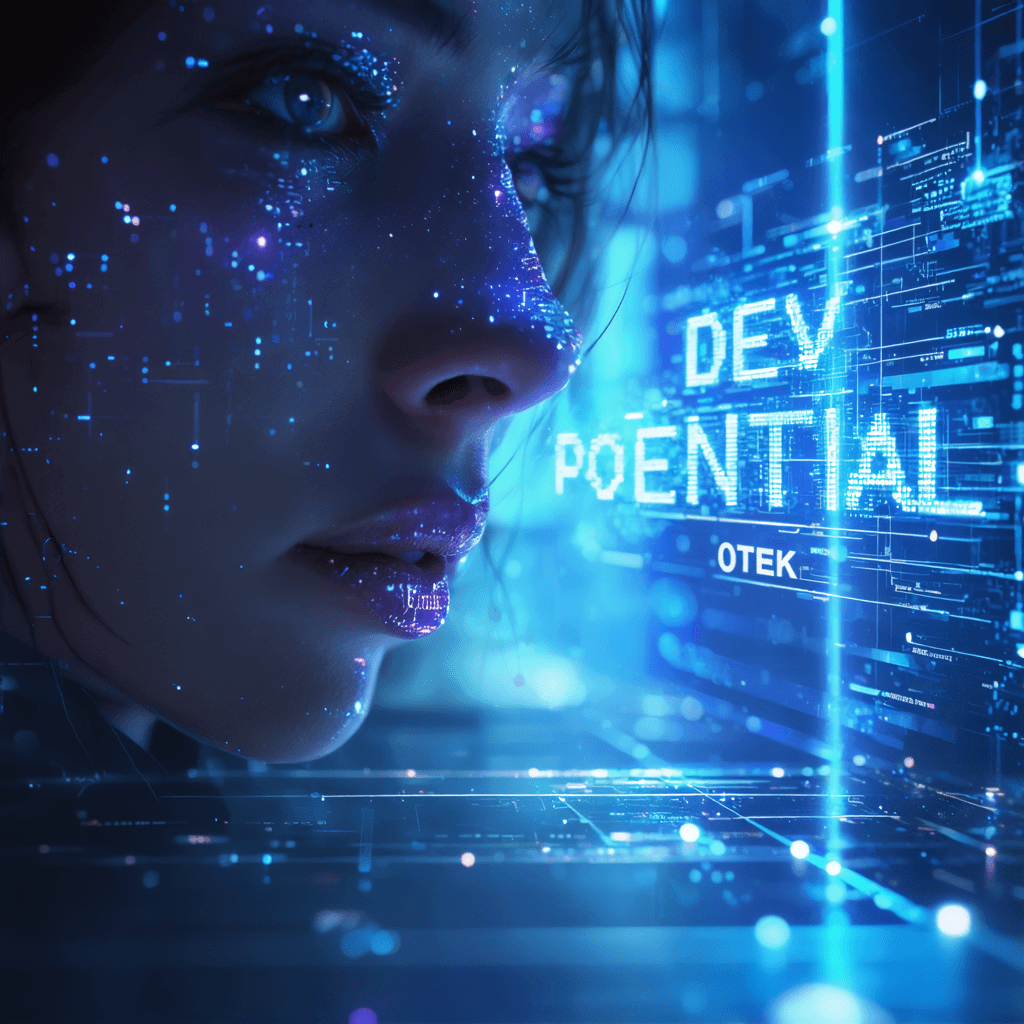Unlock Your Dev Potential: How Decentralized Infrastructure Is Revolutionizing Software Creation
The software development landscape is undergoing a revolutionary transformation, driven by the rising prominence of decentralized infrastructure. This paradigm shift is reshaping how developers create, deploy, and scale applications while offering unprecedented opportunities for innovation and efficiency.
The Rise of Decentralized Infrastructure
Decentralized infrastructure represents a fundamental departure from traditional centralized systems, distributing computing resources, data storage, and processing power across multiple nodes rather than concentrating them in a single location. This architectural approach is gaining tremendous momentum in 2025, as organizations seek more resilient, scalable, and secure solutions for their development needs.

Key Benefits of Decentralized Development
Enhanced Security and Reliability
Decentralized infrastructure inherently provides better security through distributed architecture. By eliminating single points of failure, applications become more resistant to outages and cyber attacks. The implementation of blockchain technology and cryptographic protocols ensures data integrity and transparency across the development pipeline.
Improved Scalability
Unlike traditional infrastructure, decentralized systems can scale horizontally with remarkable efficiency. Developers can easily add or remove resources based on demand, making it possible to handle growing workloads without significant architectural changes.
Cost-Effective Development
By leveraging shared resources and eliminating the need for extensive physical infrastructure, decentralized development can significantly reduce operational costs. Organizations can optimize resource utilization and pay only for what they use, making it an economically viable option for businesses of all sizes.
Emerging Trends in Decentralized Development
Web3 Integration
Web3 technologies are becoming increasingly integral to modern software development. Decentralized applications (dApps) built on blockchain platforms are revolutionizing how users interact with digital services, offering greater control over personal data and digital assets.
DevOps Evolution
The marriage of decentralized infrastructure with DevOps practices has given rise to what industry experts are calling "DevOps Scientists." These professionals specialize in orchestrating distributed systems while maintaining the agility and automation principles of traditional DevOps.
Federated Learning and AI
Decentralized infrastructure is enabling new approaches to artificial intelligence and machine learning. Federated learning allows developers to train AI models across distributed datasets while maintaining data privacy and reducing centralized computational requirements.
Practical Implementation Strategies
1. Start with Microservices
Begin your journey into decentralized development by breaking down monolithic applications into microservices. This architectural pattern aligns perfectly with decentralized infrastructure and provides a foundation for further distribution.
2. Embrace Containerization
Utilize container technologies like Docker and Kubernetes to package and orchestrate applications across distributed environments. This ensures consistency and portability while simplifying deployment and scaling processes.
3. Implement Distributed Version Control
Adopt distributed version control systems and collaborative development tools that support decentralized workflows. This enables seamless collaboration among distributed teams while maintaining code integrity.
Challenges and Considerations
While the benefits are compelling, implementing decentralized infrastructure requires careful consideration of:
- Network latency and performance optimization
- Data consistency across distributed systems
- Complex debugging and monitoring requirements
- Regulatory compliance and data sovereignty
Future Outlook
The trajectory of decentralized infrastructure suggests an even more prominent role in the future of software development. As technologies mature and new tools emerge, we can expect to see:
- Increased adoption of decentralized identity solutions
- Enhanced integration with edge computing
- More sophisticated governance models for distributed systems
- Advanced automation and self-healing capabilities
Impact on Developer Productivity
Decentralized infrastructure is significantly improving developer productivity through:
- Automated resource provisioning
- Streamlined deployment processes
- Enhanced collaboration capabilities
- Reduced infrastructure management overhead
Best Practices for Adoption
To successfully implement decentralized infrastructure:
- Start with small, non-critical projects
- Invest in team training and skill development
- Establish clear governance frameworks
- Implement robust monitoring and observability solutions
- Focus on security from the ground up
Ready to unlock your full potential as a developer in the decentralized era? Explore our comprehensive courses and resources at 01TEK to master the latest technologies and best practices in decentralized infrastructure. Join our community of forward-thinking developers and start building the future of software today!
Sources: 1. Tech Predictions 2025 2. Latest DevOps Trends 3. Blockchain Development Insights 4. Data Value Chain Analysis
To win without risk is to triumph without glory
Corneille



